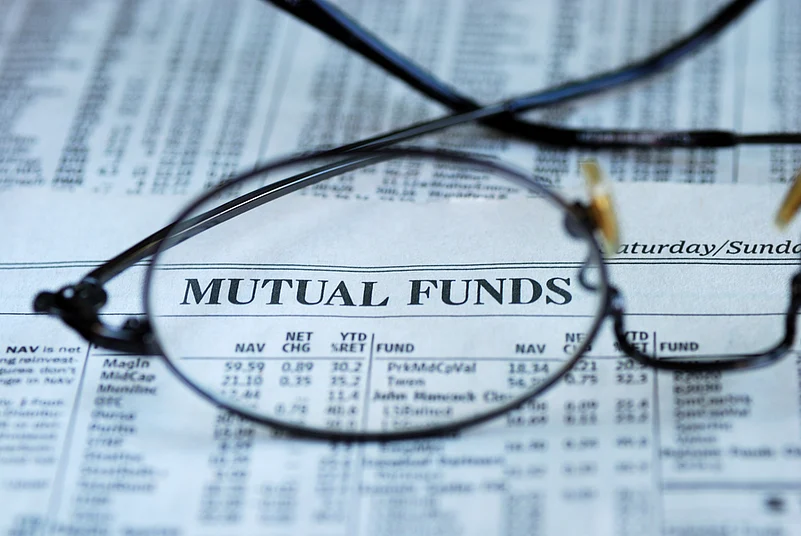In the current market scenario, on one hand, the markets are trading near an all-time high, while on the other hand, uncertainty around the new Covid variant is leading to volatility in the equity market. In such a scenario, it would be a wiser decision to invest in a product that helps you balance market volatility while also offering growth. For this purpose, balanced advantage funds come in handy as they derive benefit from the market opportunities arising in both the asset classes. A balanced advantage fund offers exposure to both worlds via a dynamic allocation in both equity and debt.
Mahindra Manulife Balanced Advantage Yojana (MMBAY), rolled out by Mahindra Manulife Mutual Fund, is one of the new balanced advantage funds. MMBAY is an open-ended dynamic asset allocation fund. The fund aims to optimize the potential of equity and debt over a short to medium-term period.
How Will The Fund Balance Its Portfolio?
The fund will follow dynamic asset allocation using the multivariate approach. It will have flexibility to invest in a mix of equity and debt across market cycles.
The fund will follow a top-down approach of portfolio construction. It will subsequently use a bottom-up approach to identify strong companies within those sectors using the fund house’s GCMV model. In the GCMV model, it looks at future growth of the company, cash flow, management and stock valuation. For debt investments, the fund will invest in liquid, debt and money market securities by balancing the maturity and credit profile, while following a duration strategy to optimize yields.
“The fund aims to capture the optimum mix between equity and debt across market cycles, with the flexibility to invest up to 100 per cent in equity and debt. The scheme may be suitable for volatile market conditions. The fund will have a robust GCMV process and a Risk Guard Process to determine a fair valuation of stocks and to assess, predict and manage risks better,” says Krishna Sanghavi, chief investment officer – equity, Mahindra Manulife Mutual Fund.
Though the fund has the mandate to invest 0-100 per cent in equity and debt, and vice versa, to take advantage of equity taxation, 65 per cent of the portfolio needs to be in equity and equity-related instruments. Therefore, it is unlikely that the fund will reduce the equity exposure below 65 per cent.
What Should You Do?
Investing in a balanced advantage fund could be a good option to exploit the opportunities available both in equity and debt spaces. This scheme is geared towards those investors who are looking for a blend of safety and capital appreciation. MMBAY is one of the options that investors may look at.
















